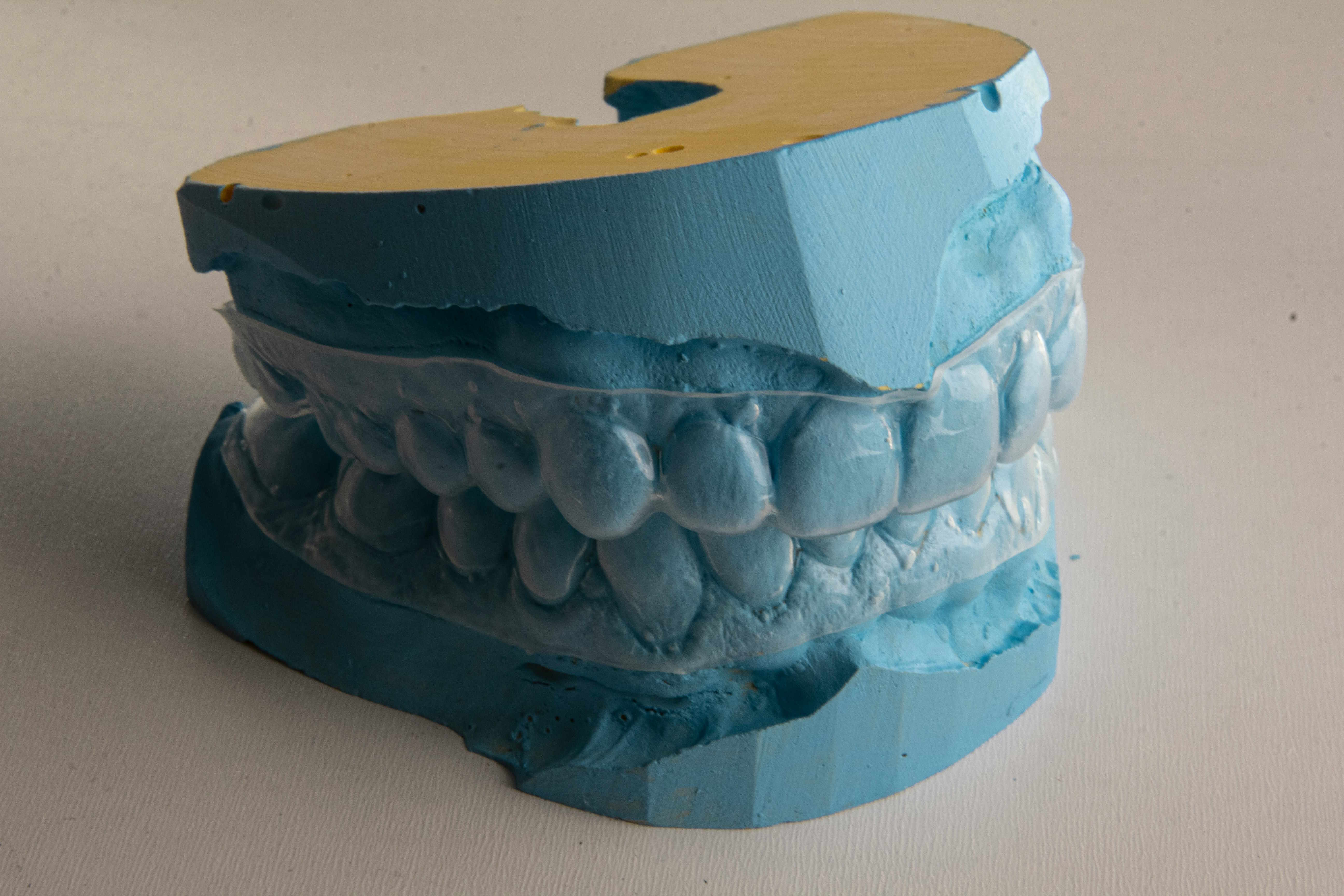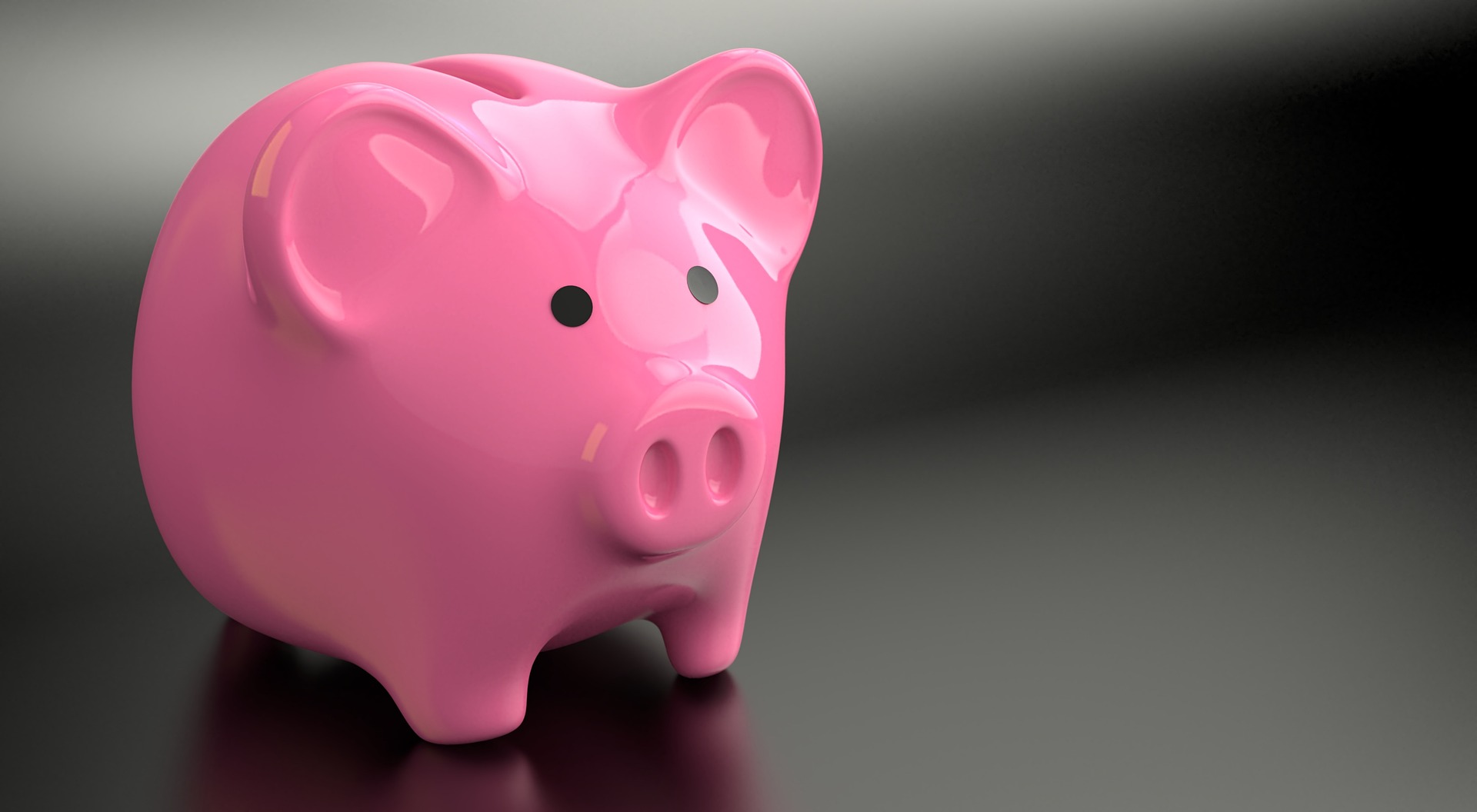The Complete Guide to Clip-On Teeth as a Fix for Missing Teeth
Missing teeth can impact both appearance and functionality, affecting everything from your smile to how you eat and speak. Clip-on teeth offer a non-invasive solution for those seeking to address gaps in their smile without permanent procedures. These removable prosthetics are designed to enhance your smile's appearance while providing some functional benefits, serving as either a temporary or long-term option depending on individual needs.

Understanding Clip-On Teeth
Clip-on teeth, also known as snap-on veneers or removable dental veneers, are custom-made dental appliances designed to fit over existing teeth and fill gaps where teeth are missing. Unlike permanent solutions such as dental implants or fixed bridges, clip-on teeth can be inserted and removed by the wearer without professional assistance. They typically consist of a thin shell made from dental-grade resin or similar materials that snaps onto the existing teeth, creating the appearance of a complete smile.
The design process usually involves taking impressions of your current teeth, either through a dental office visit or using at-home impression kits. These impressions serve as the basis for creating a custom-fit appliance that matches the color of natural teeth and fills in the missing spaces. The resulting prosthetic should fit securely but can be removed for cleaning and during sleep.
Benefits of Clip-On Teeth
The popularity of clip-on teeth stems from several key advantages they offer compared to more invasive dental procedures. First and foremost is affordability—clip-on teeth generally cost significantly less than implants, bridges, or even traditional dentures, making them accessible to those with budget constraints.
Another major benefit is the non-invasive nature of this solution. Unlike dental implants that require surgery or bridges that may require modification of adjacent healthy teeth, clip-on teeth require no permanent alterations to your existing dental structure. This makes them particularly appealing to those who fear dental procedures or wish to avoid irreversible changes.
Clip-on teeth also offer immediate results. While implants may take months to complete with healing periods between stages, clip-on teeth can transform a smile instantly once they are fabricated and delivered. This immediate gratification aspect makes them attractive for special occasions or as an interim solution while considering more permanent options.
Comparing Clip-On Teeth and Traditional Dentures
While both clip-on teeth and traditional dentures address missing teeth, they differ significantly in design, function, and application. Traditional dentures typically replace full arches or significant sections of missing teeth and rest on the gums. They often require adhesives for stability and cover the palate in upper dentures, which can affect taste sensation and speaking clarity.
Clip-on teeth, by contrast, connect to existing teeth rather than resting on gum tissue. This connection method typically provides better stability during speaking and some limited eating functions without requiring adhesives. The minimal coverage design also means less interference with taste and speech compared to full dentures.
However, traditional dentures may offer better functionality for extensive tooth loss situations. They are designed to handle the full pressure of chewing, while clip-on teeth have limitations regarding the foods you can safely consume while wearing them. Traditional dentures also tend to be more durable over the long term, though they generally require more maintenance and professional adjustments.
Who Should Consider Clip-On Teeth?
Clip-on teeth are particularly suitable for individuals with one or several missing teeth who still have enough healthy teeth remaining to support the appliance. They serve well as an interim solution for those planning eventual implants but needing an immediate aesthetic fix. People who cannot undergo implant surgery due to health conditions or insufficient bone density may find clip-on teeth a viable alternative.
Those seeking a temporary solution for special events like weddings or reunions often choose clip-on teeth for their immediate aesthetic improvement without commitment. Additionally, individuals with dental anxiety who avoid more invasive procedures often appreciate the non-surgical nature of this option.
However, clip-on teeth may not be ideal for everyone. Those with extensive tooth loss, severe periodontal disease, or unstable remaining teeth may need more comprehensive solutions. People with specific bite issues or those who grind their teeth may also find clip-on teeth less suitable for their needs.
Cost and Provider Options for Clip-On Teeth
Clip-on teeth vary significantly in price depending on the quality, material, and whether they’re obtained through direct-to-consumer companies or dental professionals. Understanding the available options can help make an informed decision based on your budget and needs.
| Provider Type | Price Range | Features | Customization Level |
|---|---|---|---|
| Direct-to-consumer brands | $300-$1,000 | At-home impression kits, mail-order service | Basic to moderate |
| Dentist-provided solutions | $1,000-$3,500 | Professional impressions, better fit, follow-up care | High |
| Economy options | $20-$100 | Generic sizing, limited durability | Minimal |
| Premium cosmetic dentistry | $3,000-$5,000+ | High-quality materials, perfect color matching | Comprehensive |
Prices, rates, or cost estimates mentioned in this article are based on the latest available information but may change over time. Independent research is advised before making financial decisions.
Maintaining Your Clip-On Teeth
Proper maintenance of clip-on teeth is essential for both their longevity and your oral health. Daily cleaning is necessary—remove the appliance and gently brush it with a soft toothbrush and mild soap or specialized cleaning solution. Avoid toothpaste as it can be abrasive and damage the surface. Rinse thoroughly before reinsertion.
When not wearing your clip-on teeth, store them in a clean container with water or a dental appliance solution to prevent warping and bacterial growth. Regular checks for signs of wear such as cracks, chips, or discoloration are important, as these could indicate the need for repair or replacement.
While wearing clip-on teeth, maintain good oral hygiene for your natural teeth and gums. This includes brushing twice daily, flossing, and keeping regular dental appointments. Be mindful of what you eat with your clip-on teeth in place—avoid particularly hard, sticky, or chewy foods that could damage the appliance or dislodge it.
By understanding the benefits, limitations, and proper care of clip-on teeth, you can make an informed decision about whether this solution is appropriate for your dental needs. While not a permanent fix for missing teeth, clip-on teeth offer an accessible, non-invasive option that can significantly improve appearance and provide some functional benefits.
This article is for informational purposes only and should not be considered medical advice. Please consult a qualified healthcare professional for personalized guidance and treatment.




